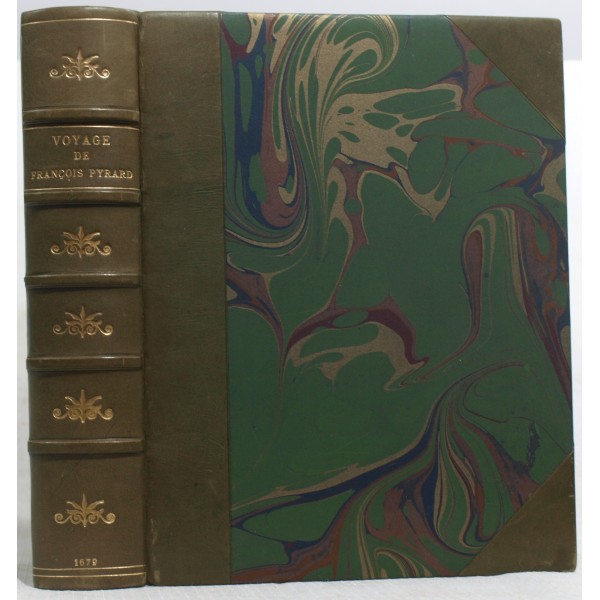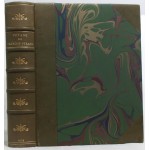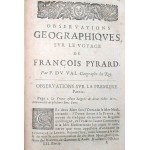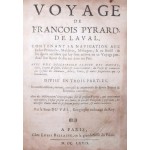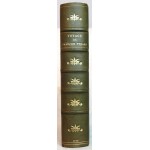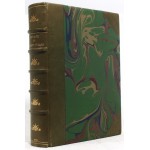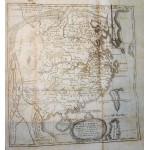Voyage de Francois Pyrard de Laval
Voyage de Francois Pyrard de Laval: contenant sa navigation aux Indes orientales, Maldives, Moluques, et au Bresil, et les divers accidens qui lui sont arrivez en ce Voyage pendant son sejour de dix ans dans ces Pais ... Avec des Observations geographiques sur le present Voyage: Divise en trois parties (3 volumes in 1)
Francois Pyrard de Laval; Pierre DuVal
Paris: Louis Billaine, 1679.
3 parts in one volume. 4th ed. Collated: [10], 327, [1]; 218; 144, [23] pages; lacking double map. Folding map of China at rear. Handsome quarto, bound in modern 1/2 leather over marbled boards. Fine binding and cover. Internally, scattered spotting / staining throughout, some sheets significantly browned. Minor marginal worming, much of which has been restored. Originally published with title: Discours du voyage des Francois-aux Indes Orientales; Paris, 1611.
Francois Pryrard was a French sailor who spent a decade in South Asia between 1601-1611 after being shipwrecked in the Maldives. He was captured by the natives and interned on the island of Male. While there, Pyrard learned the Dhivehi language and the customs of the Maldives (which is signficant, because the region was largely unknown to Europeans previously). He was able to escape in the chaos of a Bengali raid (Chittagong) in 1607 and make his way to Portuguese Goa. He made his return to Laval, France through Saint Helena and Brazil.
This book contains the story of his journey and publishes his extensive notes on the peoples he encountered. Part one focuses on the Maldives. Part two covers Goa, Portuguese India, Ceylan, the Spice Islands, St. Helena, and Brazil. Pyrard Part three contains information about the African coast, tropical and exotic fruits, Asian animals, and remarks on geography. Pyrard's work is notable for being one the earliest accounts of Brazilian city life. On his return to France he was shipwrecked at Bahia, Brazil. There is an interesting description of Portuguese - African slave trafficking in part 2, 138 p.
Refs: Sabin 66882; Brunet III:880-881; Borba de Moraes II: 694; Howgego P168; Alden 679/105; Penrose, Travel and Discovery in the Renaissance, pages 220-21.
Attributed also to Pierre de Bergeron and Jerome Bignon.
